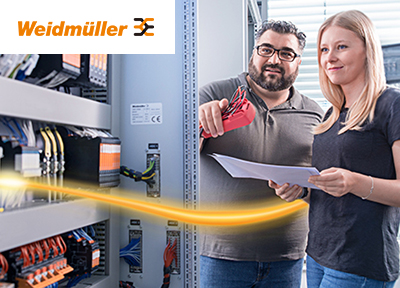Real time control—a concept once limited to the plant floor—has begun to appeal to enterprise management wanting to apply it to business processes as a means to gain competitive advantage. Though the real time enterprise (RTE) isn’t gauged to millisecond response times, it’s still about providing actionable intelligence to accelerate decision making. Most strategically控制工程网版权所有, it’s not simply about responding to the market, but shaping it to your competitive strength.
“The idea of 'real time’ appli
No matter that Bob Parker prefers the term “right time” rather than “real time.” “It’s still about precision timing in letting people know when they need to know something to make an effective decision,” says Parker, group vice president of IDC Manufacturing Insight. “It’s about optimizing the entire enterprise控制工程网版权所有, and shaping operations as opposed to simply managing them.”
Very few organizations are there yet, Parker states, “perhaps less than 1%.” Industry observers cluster the vast majority at the bottom of any maturity curve. The curve steepens and the cluster thins rapidly from there, reflective of the need for having viable platform architecture to leverage operational linkages to shape markets. Though no official RTE maturity model exists, according to industry expertsCONTROL ENGINEERING China版权所有, one can be defined in terms of components, capabilities, and behaviors that mark the progression toward current best-in-class operations.
Volatile energy markets
Portland General Electric (PGE), an electric utility in Portland控制工程网版权所有, OR, has clearly risen to such heights. It is both a bellwether for what can be done in harnessing the power of a distributed control system, and a lesson on how to do it. Though a utility, what it’s achieve


 在线会议
在线会议 论坛
论坛 专题
专题 工控直播
工控直播 新闻中心
新闻中心 子站
子站 技术
技术 社区
社区



 IDEC HR8S系列新一代安全继电器有奖试用活动
IDEC HR8S系列新一代安全继电器有奖试用活动 2025(第二十一届)年度最佳产品奖有奖投票中
2025(第二十一届)年度最佳产品奖有奖投票中 AVEVA剑维软件食品饮料行业白皮书有奖下载
AVEVA剑维软件食品饮料行业白皮书有奖下载 立即有奖下载TE重载连接器选型指南
立即有奖下载TE重载连接器选型指南 2025(第十四届)全球自动化和制造主题峰会
2025(第十四届)全球自动化和制造主题峰会




























